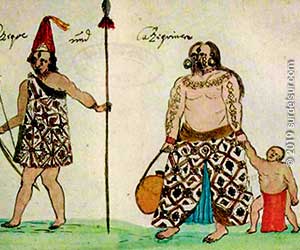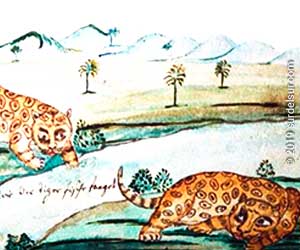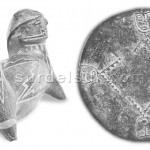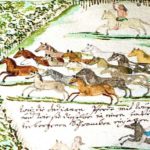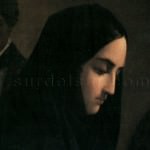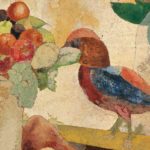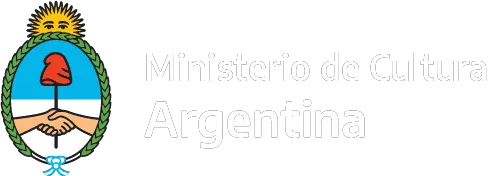The feature characterizing works from Colonial Period Argentine Fine Arts is, as Héctor Schenone states, “The predominance of religion… and the functionality attributed to art as a tool for persuading and conveying ideas”. Artists and craftsmen worked for the benefit of a community whose life was centered on the temple.
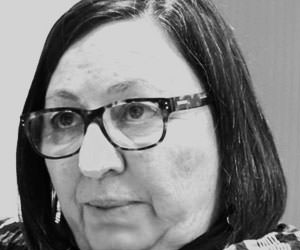
Article of the guest columnist for surdelsur.com
The Religious Art of the Colonial Era
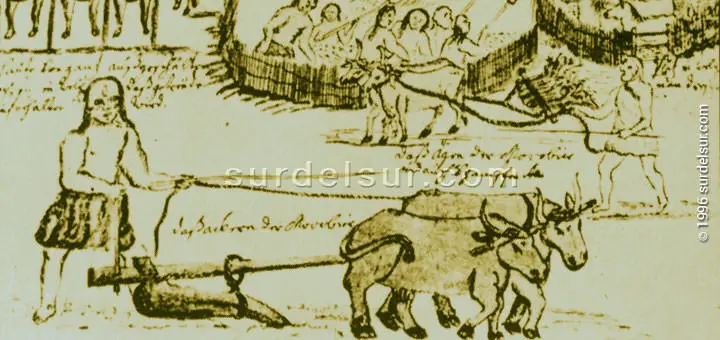
Church itself was a manifestation of these values: facades-altarpieces were the link between men and the sacred space; within the building, altarpieces repeated this function and through them, colonial artists achieved remarkable expressions. Numerous artists of Spanish and Italian origin came to this land and made religious paintings and sculptures as well as portraits of important figures in the Church and of civil officials. It is worth noting than since the 17th century, numerous deliveries coming from European ateliers arrived in Buenos Aires.
It is necessary to mention the work of the Society of Jesus: their architects built temples and dwelling places for their order, but also for others, and even for civilians. Among these men it is worth noting Andrés Bianchi (1677-1740).
Authors of Argentine colonial painting
The authors of the Colonial Period were Jesuit painters that worked in the Plata River cities, Tucumán and Paraguay, adding paintings and sculptures to the temples and also devoting to the training of Indians, mestizoes and blacks in their ateliers.
There are many names and much evidence of their production, which transcended time and endured till the present day. Among them, we will mention only one artist: German Jesuit Florian Pauke (1719-1789). His watercolor illustrated memoirs, a complete record of colonial Argentina, are preserved in Austria: military and civil garments, usages and customs of the Indians, everyday life, tools for plowing, agriculture and even fauna and flora.
Learn more about Argentine Fine Arts’ History consulting previous report that describes Pre-Hispanic Period.
Next reports refers to figures and tendencies of the periods Argentine Painting from Independence to the 1920, Argentine Painting since 1920
References:
All graphic material in this report is edited digitally. The customized version by surdelsur.com shown on this page is performed based on the following documents:
- Constantin, María Teresa (Art historian) [Images] Collection of images belonging to Museums and other sources, provided by the report author. Buenos Aires, Argentina.
Bibliography
Bibliografía
- Museum of Fine Arts: Pre-Hispanic and Colonial American Art Digital Collection

